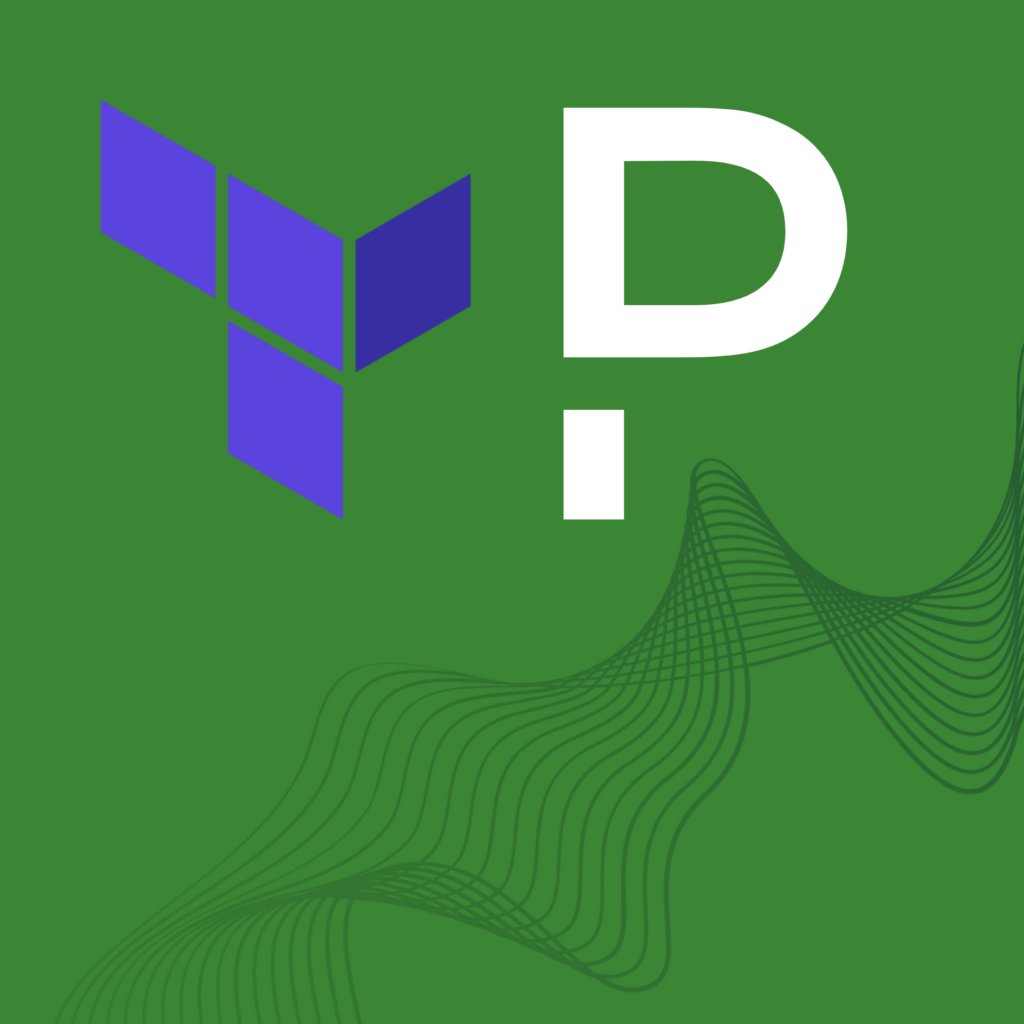Why Operational Maturity Helps Businesses Reduce the Great Resignation Trend
Why Operational Maturity helps businesses reduce the great resignation trend
The past few years have led to fundamental business and cultural shifts for both companies and employees.
Covid-19 has brought opportunities for companies who invested early in digital operations, while others struggled to maintain the status quo. The latter gave rise to record employee burnout, and what is now commonly referred to as the Great Resignation.
According to a CNBC survey, 4.5 million American workers quit their jobs in March 2022 primarily due to being burned out, unhappy with their jobs, and reevaluating their lives. And a 2021 PagerDuty user survey found that 64% of the respondents said their organization had seen a rise in turnover, while only 34% said there had been no increase in turnover in the past year.
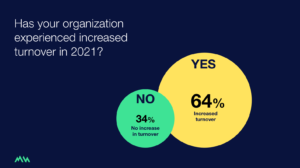
As the Great Resignation continues, businesses are looking for new ways to keep employees productive and reduce turnover. We know from working with customers that investing in best practices makes a big difference.
Our Digital Operations Maturity Model steps through common behaviors and codifies cohorts by their readiness to handle real-time operational challenges. Teams can uplevel their maturity and become more proactive by investing in best practices and processes that can help ease their journey with digital transformation.
What is the Digital Operations Maturity Model?
The Digital Operations Maturity Model helps response teams assess their current maturity stage, and architect a new digital operation that prepares the teams to detect, triage, mobilize, respond, and resolve outages and system failures in less time.
The model encompasses five levels of operations maturity:
- Manual – Developers are slogging through issues at hand; requests require ad-hoc responses, sometime throughout the night.
- Reactive – System failing or customer complaints always lead to firefighting mode without a lot of coordination and planning.
- Responsive – Issues are resolved as they occur where coordination and planning are streamlined.
- Proactive – A seamless, coordinated issue management where issues are fixed before customers notice.
- Preventative – Stay ahead of issues before they start and continuously learn from past and current incidents.
The Digital Operations Maturity Model’s goal is to help DevOps teams move toward the Proactive and Preventive stages to manage and maintain their IT infrastructure’s consistency, reliability, and resilience. The teams should experience fewer service failures, faster resolution of customer-facing issues, and fewer employee burnouts because they have a more predictable workflow and work-life balance.
The benefits of improved operational maturity
In 2021, Tejere Oteri, a Product Marketing Analyst at PagerDuty, conducted a survey to understand the effect of good operations practices on business impact, operational health, and human factors. When analyzing the survey results, Tejere noticed differences in the way participants from Reactive organizations responded versus those from Preventative organizations.
When asked about the team’s workload, 33% of those from Reactive organizations felt their workload was spread evenly – but the majority preferred to see some workload improvement. When the same question was asked of the Preventive organizations, 83% overwhelmingly felt their workload was spread evenly, and surprisingly, no respondents disagreed.
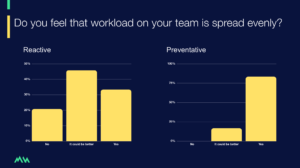
Tejere also found that Reactive organizations were two times more likely to experience increased employee turnover than Preventive organizations. Specifically, the data analysis showed that Preventive organizations spend fewer personal hours and sleep hours addressing incidents for work than Responsive organizations, leading to less burnout and reducing the likelihood of high turnover.
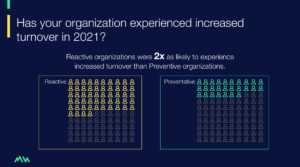
What if we mapped the maturity model to product usage?
To introduce the operations maturity model for our customers and identify trends seen across our customer base, we mapped the model to product usage behaviors. Scott Bastek, Sr Product Analytics Manager at PagerDuty, looked at each maturity stage through PagerDuty product adoption, and made some interesting findings:
- Reactive teams rely on monitoring tools to identify incidents, and have not gone as far as configuring a robust response to reduce MTTR
- Responsive teams can resolve issues as they occur by putting effort into on-call schedules, and by staging multiple levels of defense to maintain the status quo
- Proactive teams deploy advanced incident response functionality like service dependencies or change events to understand and diagnosis issues once they occur
- The Preventative teams leverage noise reduction, event orchestration, or analytics reports to prevent incidents from happening
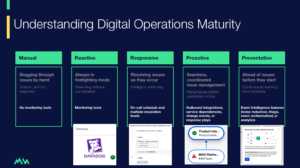
Where are you on the digital operations maturity model?
Leaders concerned with employee burnout and attrition should assess their current stage of maturity, and implement new operational processes by consulting the examples shown in the operational maturity model. The best way to achieve the highest operational maturity is by investing in your DevOps team with on-call scheduling, coordinated issue management, event intelligence, and process automation tools. These investments will help DevOps teams become more proactive and preventative with all incidents, and reduce the volume of MTTA and MTTR across organizations.
Watch “Getting from Reactive to Proactive and Beyond” to learn more about the Digital Operations Maturity Model. In the video, Scott Bastek and Tejere Oteri dive into the levels of operations maturity, and provide more statistical analysis and insights on their findings.
You can also download PagerDuty’s latest eBook and the latest State of the Digital Operations Report for examples of how organizations can achieve the highest operational maturity level.

